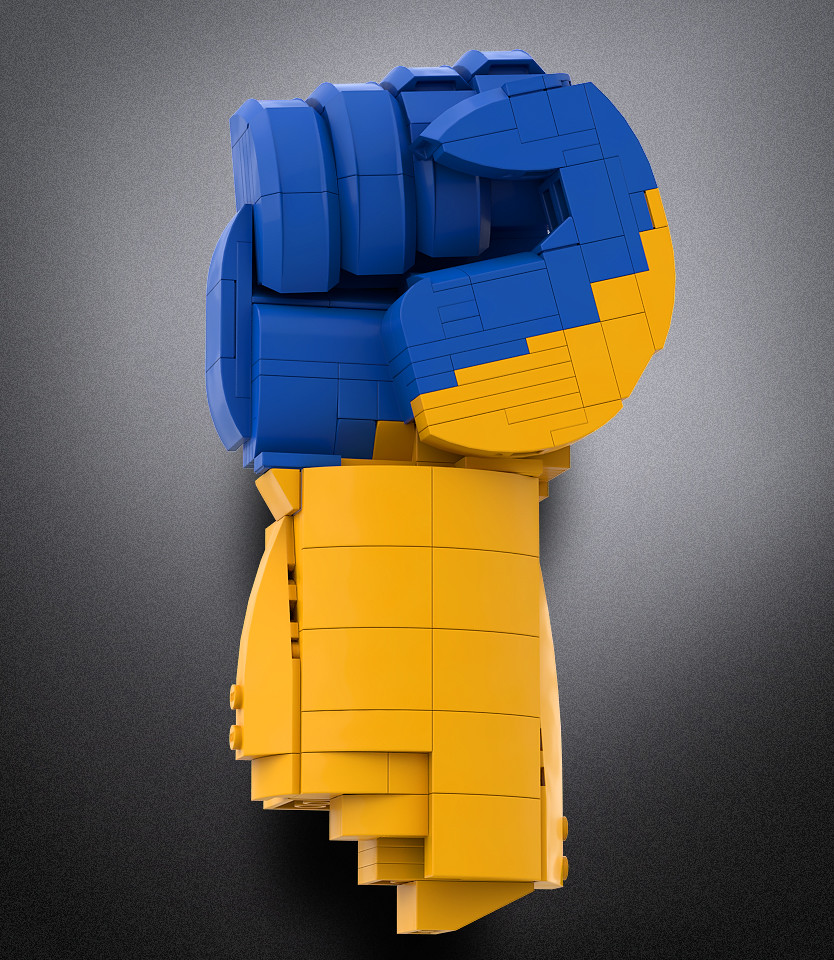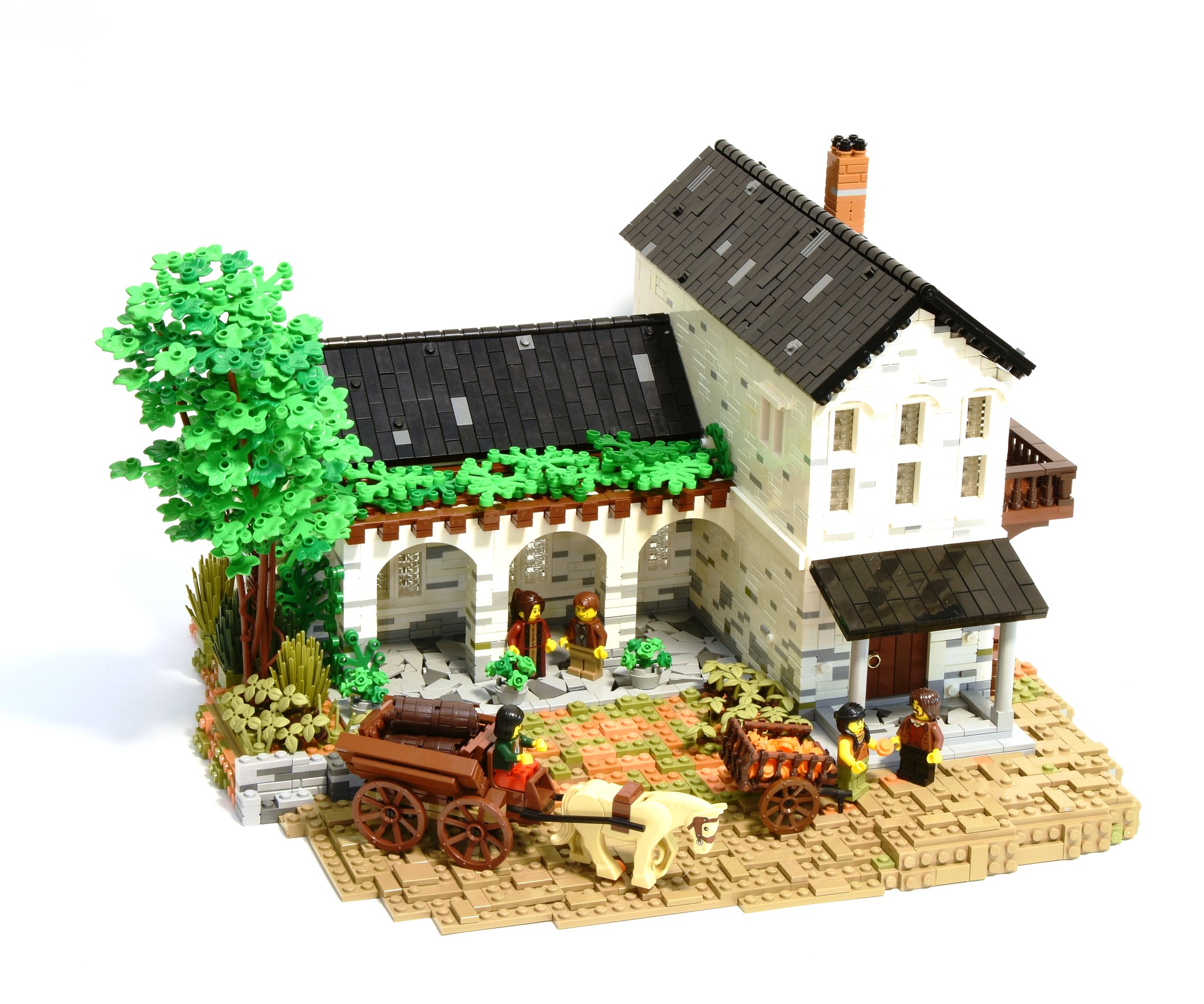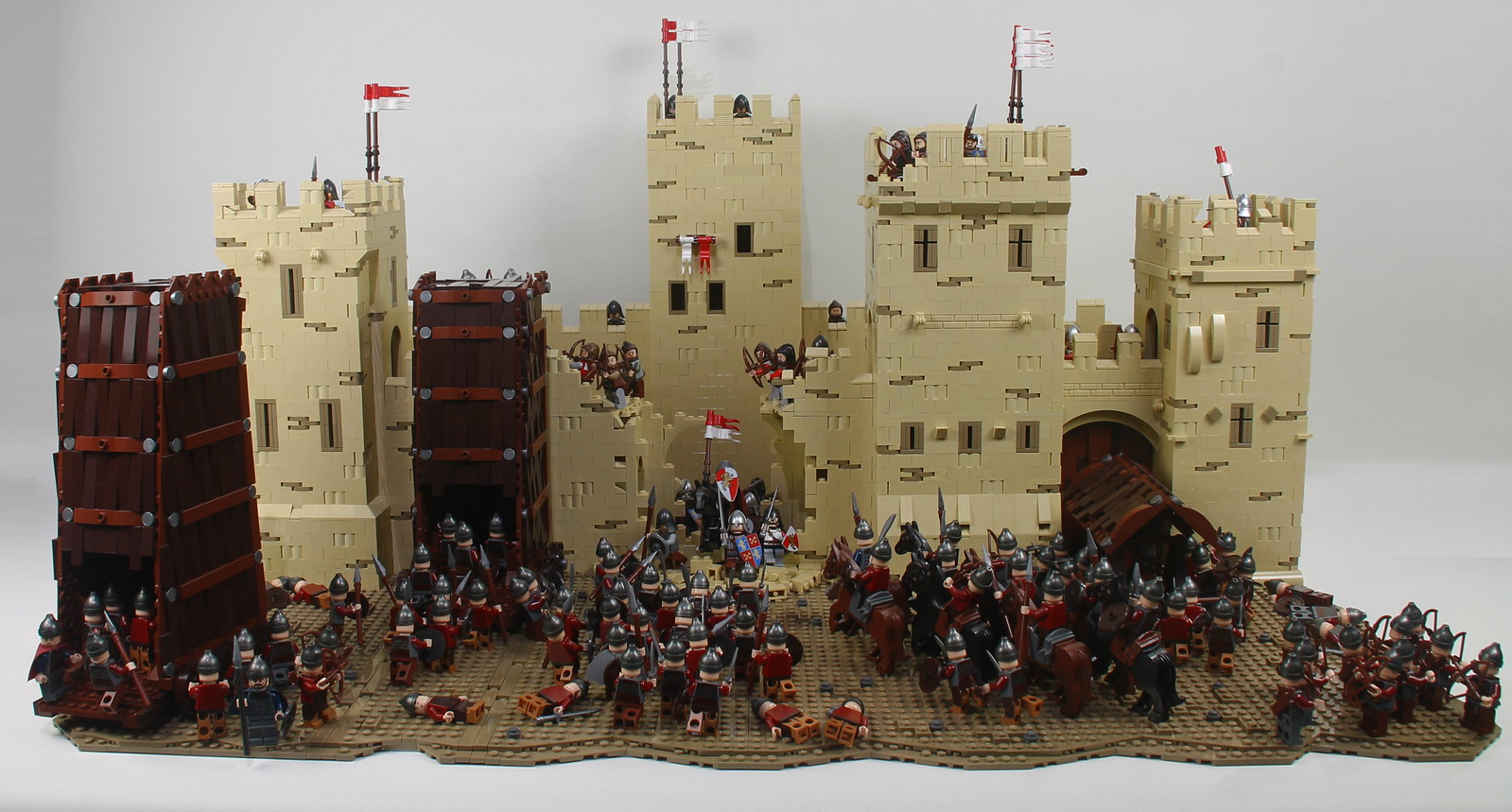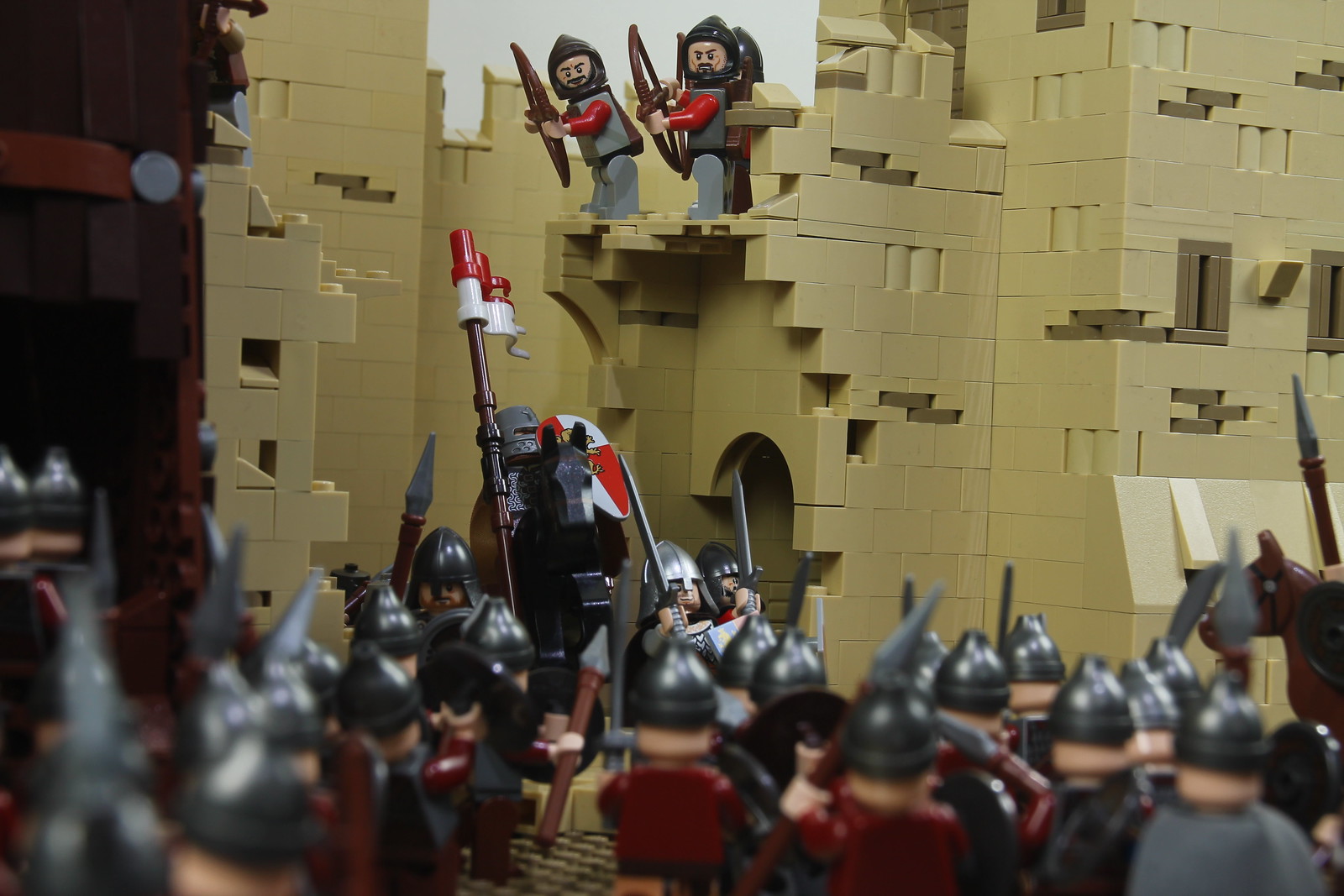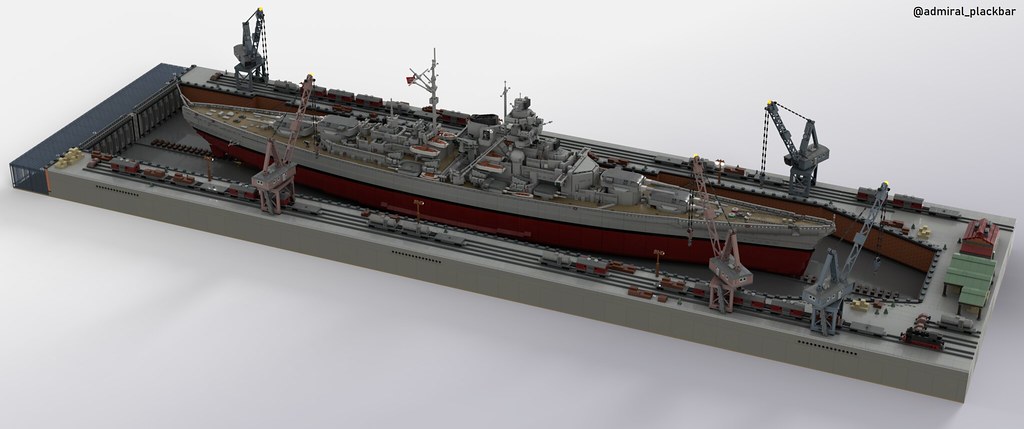Behold, the sacred fire of Vesta! So long as it burns, Rome’s safety and prosperity is assured. Builder Antonio Cerretti uses LEGO to show us how this temple may have looked in its prime. The Temple of Vesta once stood in the Roman Forum at the heart of the ancient city. Dedicated to Vesta — the Roman goddess of hearth, home, and family — it stood for many centuries until it was permanently dismantled in the mid-16th century. We know what it may have looked like from coins and artwork, and here Antonio gives us a marvelous recreation built from LEGO! The temple’s adornments strike with their vibrancy, reminding us that the ancient world was filled with color. Clipped together, barbs and cow horns make up the details on the capitals of the Corinthian columns. Further up, light grey minifigure handcuffs give definition to the blue frieze between the columns and roof. Peer through the open entrance to see the sacred fire, burning brightly to keep the darkness at bay.
The temple’s interior showcases the sacred fire and more wonderful columns. Clever usage of croissants make up the capitals of what appear to be ionic columns set into the curved wall. Then, we have the eternal fire in the center of the enclosure! A light brick is cleverly buried beneath loose translucent LEGO studs, giving the fire its warm glow. Simple flame pieces stick out from the embers like the reaching arms of a healthy fire. Undoubtedly, this build gives us a splendid glimpse into an aspect of ancient Rome, grounding the past in the present.


